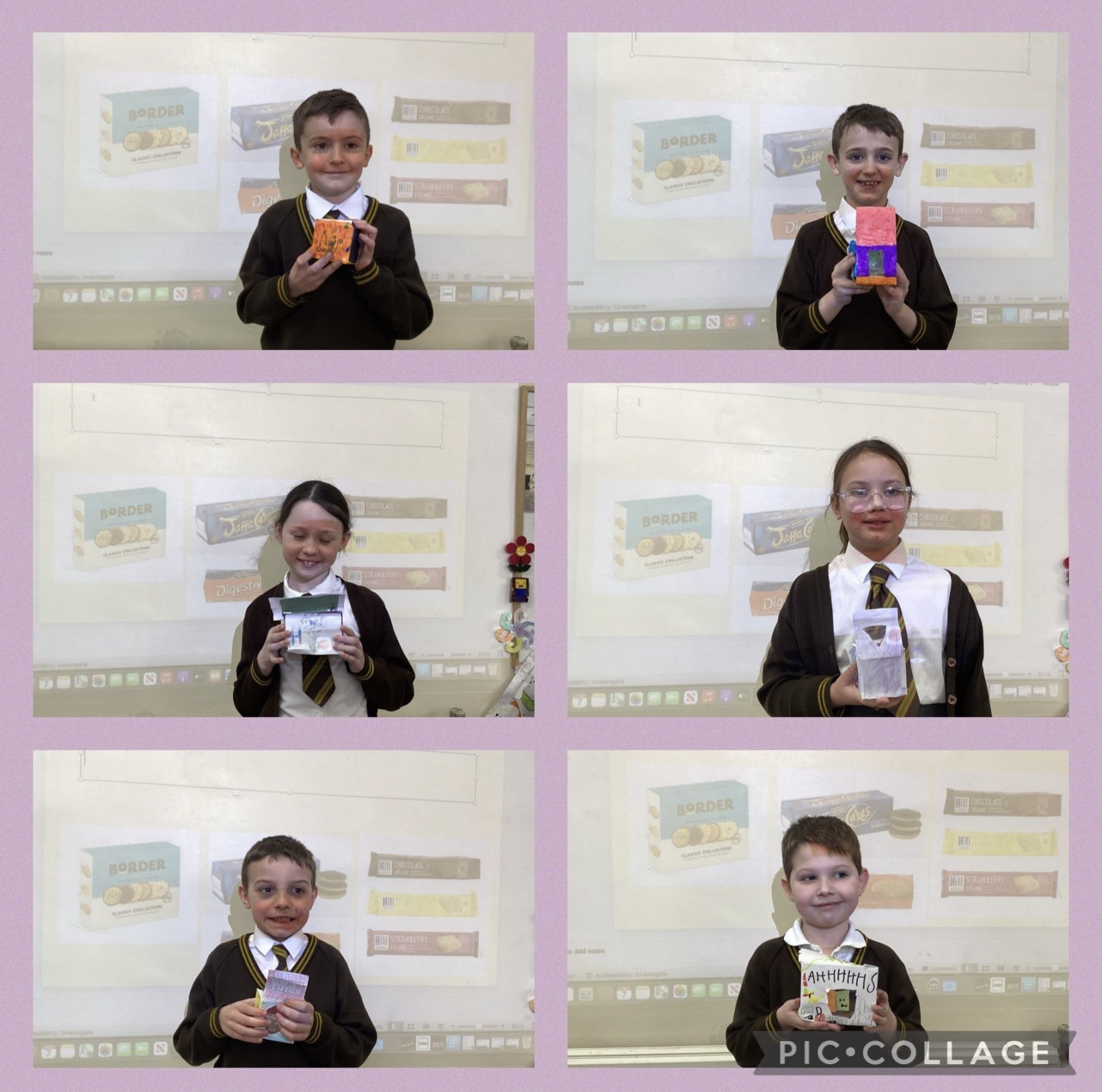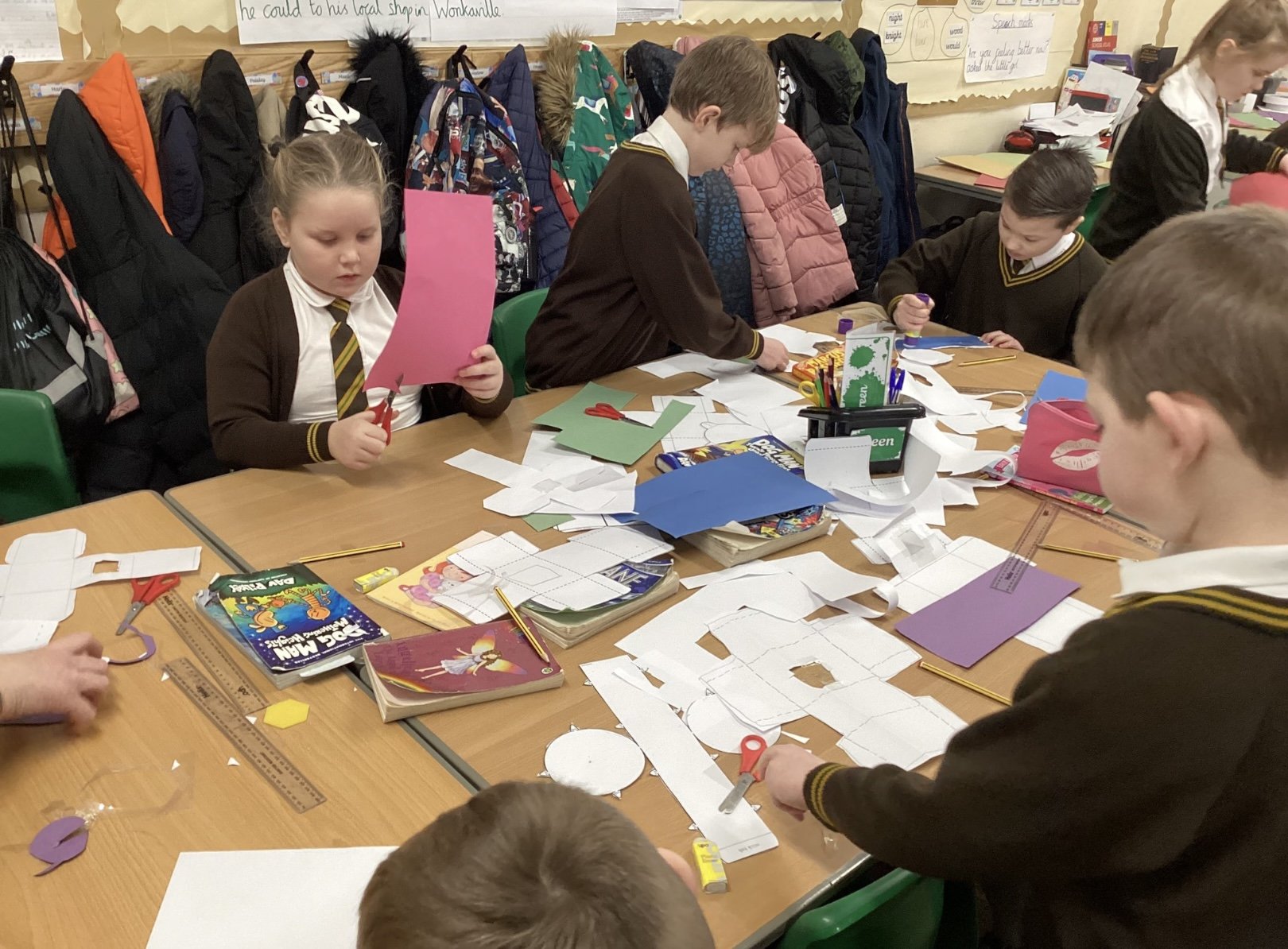Miss M Downham Clarke
Design & Technology Subject Leader
Design and Technology
Whether it’s cooking, construction, mechanics or textiles, our selection of projects bring learning to life as the lessons are engaging, practical and full of challenge. Pupils will be encouraged to use skills across the curriculum such as maths, science, computing, art and literacy and apply them in a real-life context which makes the learning meaningful, memorable and relevant.
We recognise the importance of analysing a range of existing products and learning about the designers that have helped shape the world. This is an essential part of understanding the impact of design on the world as well as developing the children’s curiosity and engagement in the subject. It is crucial that we provide our children with a wide range of resources and that we allow them to be responsible for making their own design decisions in order to become successful designers. We see design as a work in progress and therefore our children are given the freedom to adapt their designs as they work towards making functional and quality products. They will be encouraged to think about important issues such as sustainability in order to for them to understand both the positive and negative global impact that design has on the world.
How we teach Design Technology
During DT lessons we promote life skills such as positive problem solving, teamwork, creativity and independence as the children work through a series of lessons in order to get the best from their design.
DT lessons at St. Herbert’s ensure that as well as learning new skills, the children will also have opportunities to revisit their knowledge and build on their abilities as they progress through the school.
Children will have the opportunity to:
Analyse and evaluating existing products to fully understand the purpose, function and design criteria.
Explore how the design could be replicated and altered using a range of materials tools and learning new skills.
Design a product by making informed design decisions and recording their ideas, adapting their design where necessary
Make a functional product based on their design, apply new skills and finishing touches to ensure they have made a quality product that functions.
Evaluate their product against the success criteria and think about the strengths and weakness of their design.









